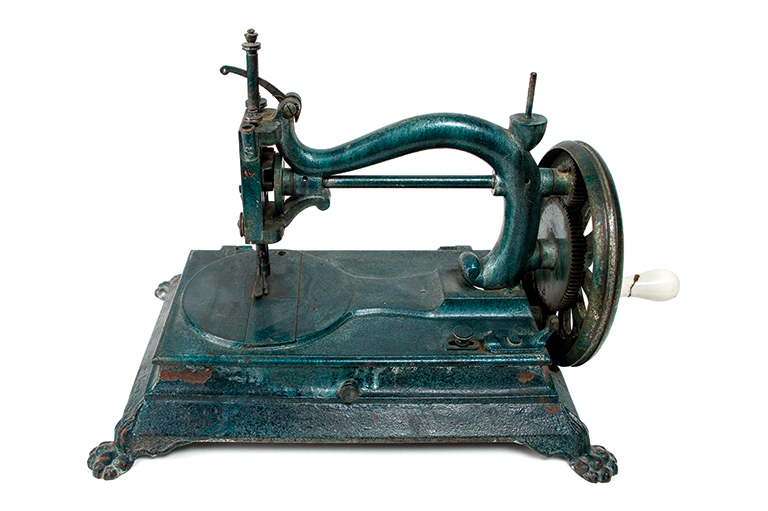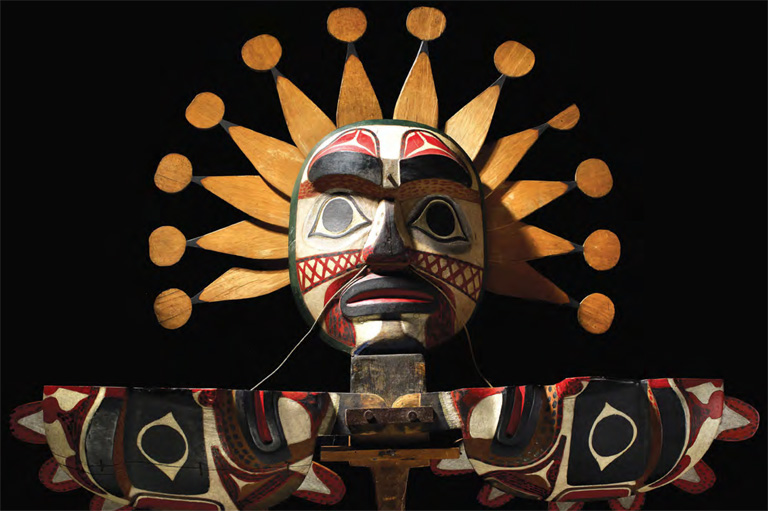Moving the Needle

Hand-cranked sewing machines enjoyed a relatively short-lived popularity. After appearing in the late 19th century, they were soon surpassed by treadle varieties that were mechanically operated by a foot pedal.
The perk of the hand crank was that it provided additional control, regardless of leaving only one hand free to move the fabric. Those of us with a lead foot can attest to the challenges of using a sensitive pedal when sewing!
This sewing machine is likely from the 1880s or 1890s and was apparently used at Lower Fort Garry, north of Winnipeg, before making its way into the HBC Museum Collection in 1959.
Despite its age, it would probably still function today after a bit of cleaning and a tune-up.
With 7 uniquely curated newsletters to choose from, we have something for everyone.
We hope you’ll help us continue to share fascinating stories about Canada’s past by making a donation to Canada’s History Society today.
We highlight our nation’s diverse past by telling stories that illuminate the people, places, and events that unite us as Canadians, and by making those stories accessible to everyone through our free online content.
We are a registered charity that depends on contributions from readers like you to share inspiring and informative stories with students and citizens of all ages — award-winning stories written by Canada’s top historians, authors, journalists, and history enthusiasts.
Any amount helps, or better yet, start a monthly donation today. Your support makes all the difference. Thank you!
Themes associated with this article
Advertisement
You might also like...
Save as much as 40% off the cover price! 4 issues per year as low as $29.95. Available in print and digital. Tariff-exempt!









